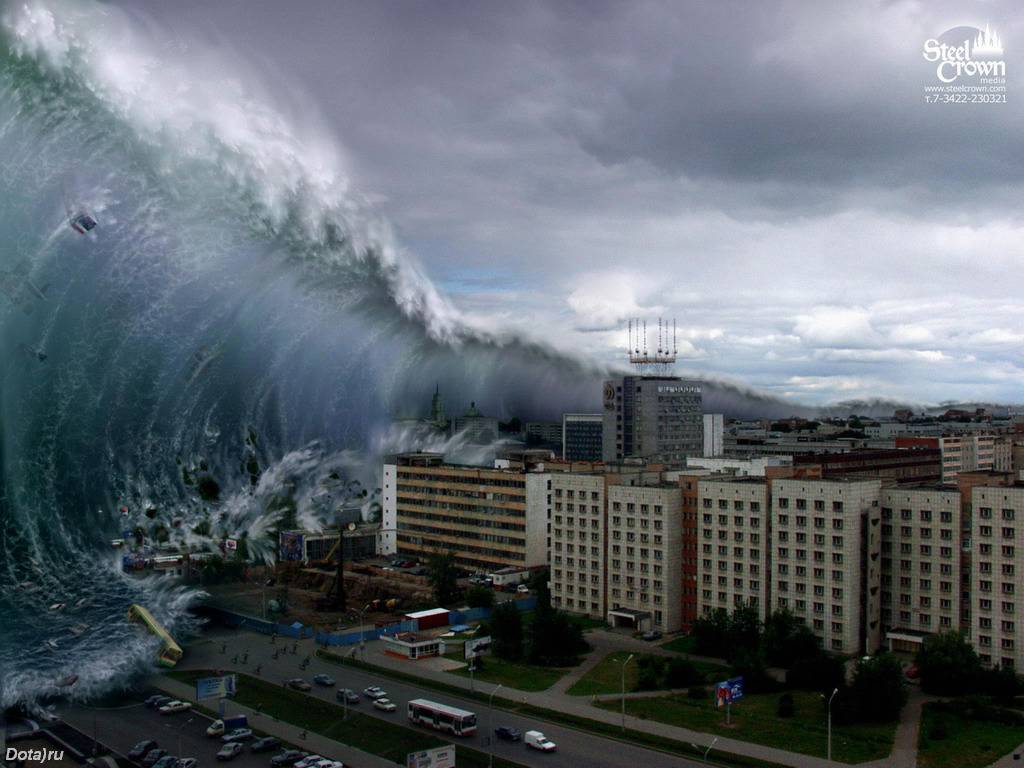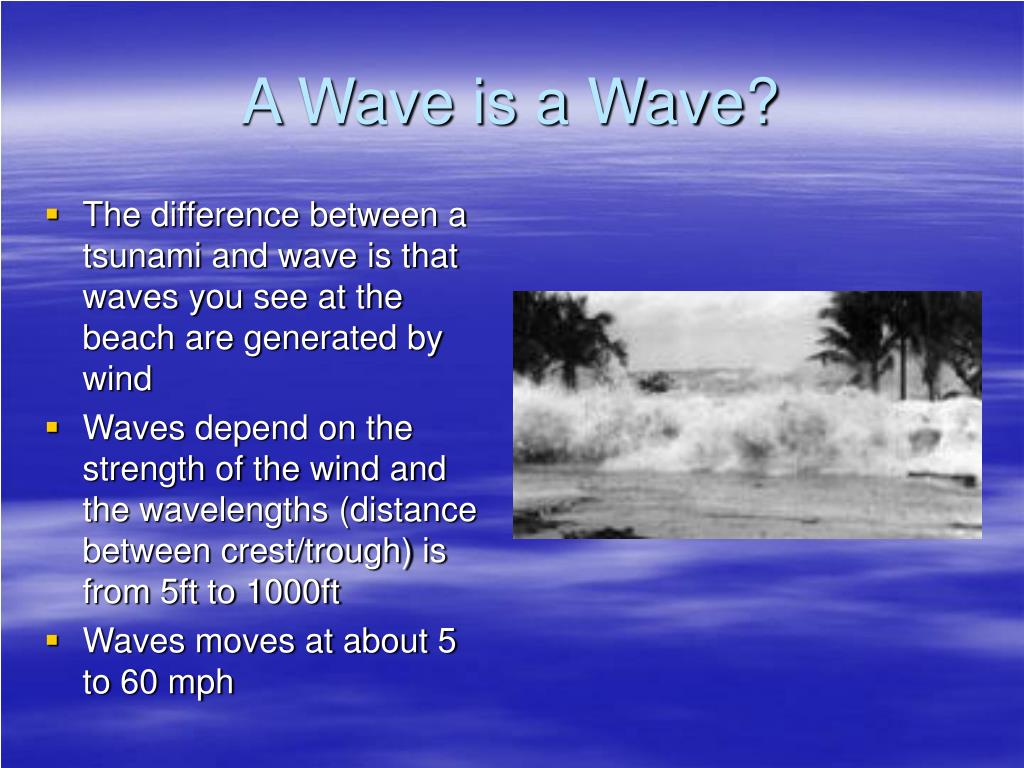

Tsunami safeguard measure like early warning system, standardised operation protocol, capacity building for rapid deployment of navy and NDRF personnel etc have been developed in the wake of Chennai Tsunami disaster.īesides this govt. Tsunami orginates at bottom of ocean floor as a result of volcano, landslide or tectonic plate movement.Tides are frequent and can be predicted on basis of position of moon and sun I.e spring tide and neap tide.Tides can be harnessed to create energy, transportation for inland ports etc.Tsunami usually leads to destruction and disaster along coastline.Tides may become big but not as big as Tsunami.


Tsunami originate in deep sea under impact of crustal movement.Tsunamis is an ocean wave triggered by large earthquakes that occur near or under the ocean, volcanic eruptions, submarine landslides, or by onshore landslides in which large volumes of debris fall into the water. A tidal wave is a shallow water wave caused by the gravitational interactions between the Sun, Moon, and Earth. It is primarily affected by the Earth’s rotationĭifference between a tsunami and a tidal waveĪlthough both are sea waves, a tsunami and a tidal wave are two different and unrelated phenomena. ज्वारीय तरंगें क्या होती हैं ? सुनामी ज्वार से कैसे अलग है ? समझाएं।Ī tidal wave is a regularly reoccurring shallow water wave caused by effects of the gravitational interactions between the Sun, Moon, and Earth on the ocean. What are tidal waves? How is tsunami different from tides? Explain. The water moves with such force that it is capable of crushing homes and other buildings.2.

A tsunami is more correctly translated as Harbour Wave and describes the way a surge of water rushes into a bay or harbour and fills it (or more). A tsunami can cause flooding hundreds of meters inland. Tidal wave is widely misused in the West to mean tsunami, but it doesnt. Unlike other waves, tsunami waves typically do not curl and break.Ĭoasts affected by a tsunami will be severely eroded. The danger from a tsunami can last for several hours after the arrival of the first wave. They move much faster than a person can run. Often the first wave may not be the largest, and additional waves may arrive at the coast every 10 to 60 minutes.
Tidal wave vs tsunami series#
When it finally reaches the coast, a tsunami may appear as a rapidly rising or falling tide or a series of waves with a maximum height of up to 30 meters.Ī few minutes before a tsunami wave hits, the water near shore may move away, exposing the ocean floor. Even though a tsunami may be barely visible at sea, it may grow to be many meters high near the coast and have a tremendous amount of energy. That's roughly the length of 1000 American football fields! Tsunami waves are huge and can travel very quickly, at about 700 km/hr, but they are only about one meter high in the open ocean.Īs a tsunami wave travels into the shallower water near the coast, it slows and grows in height. A tsunami wave in the open ocean can be more than 100 km across. Those waves are made by wind offshore and are quite small compared with tsunami waves. Tsunami waves are different from the waves you can usually find rolling into the coast of a lake or ocean. Some people call tsunamis "tidal waves", but these large waves really have little to do with tides, so the term "tidal wave" does not really suit them. Tsunamis can cause huge destruction when they hit coastlines. When Nature Strikes: Tsunami Classroom ActivityĪ tsunami (pronounced tsoo-NAH-mee) is a series of waves, made in an ocean or other body of water by an earthquake, landslide, volcanic eruption, or meteorite impact.


 0 kommentar(er)
0 kommentar(er)
